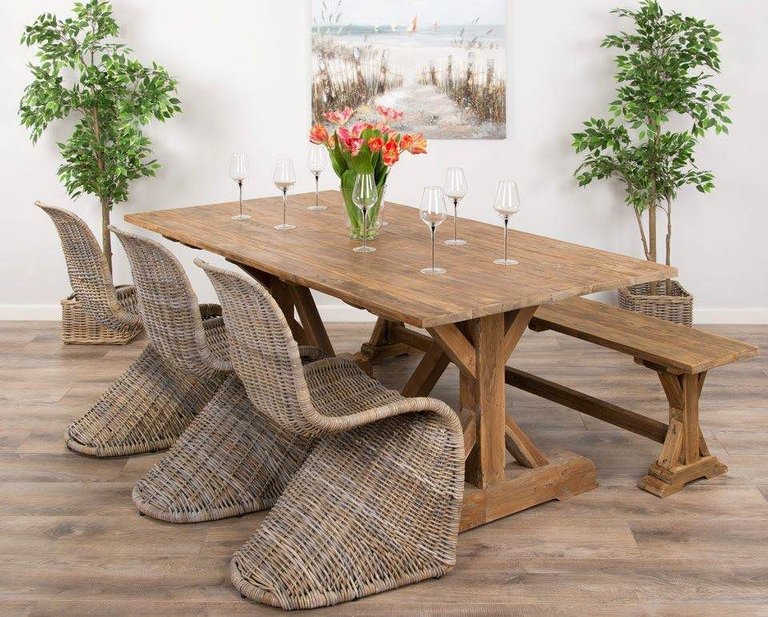
In the contemporary world, sustainability has emerged as a guiding principle across various industries, and interior design is no exception. As people become increasingly conscious of their environmental footprint, the demand for sustainable furniture has surged. This shift towards eco-friendly options isn’t merely a trend but a significant revolution in interior design, shaping the way spaces are adorned and experienced. Let’s delve into how sustainable furniture is transforming interior design landscapes, offering not just aesthetic appeal but also environmental responsibility and social consciousness.
Understanding Sustainable Furniture:
Sustainable Furniture, often referred to as eco-friendly or green furniture, encompasses products made from responsibly sourced materials, manufactured using environmentally friendly processes, and designed for longevity. Unlike conventional furniture, which often relies on non-renewable resources and generates considerable waste, sustainable furniture prioritizes the planet’s well-being without compromising on style or functionality.
Environmental Impact:
One of the primary drivers behind the sustainable furniture revolution is its significantly reduced environmental impact. Conventional furniture production involves the extraction of finite resources, such as timber, and often relies on energy-intensive manufacturing processes. In contrast, sustainable furniture utilizes materials like reclaimed wood, bamboo, recycled metals, and non-toxic finishes, minimizing carbon emissions and conserving natural resources.
Promoting Ethical Practices:
Beyond environmental considerations, sustainable furniture promotes ethical practices throughout the supply chain. This includes fair labor practices, ensuring that workers involved in manufacturing receive fair wages and operate in safe conditions. By supporting companies that prioritize ethical sourcing and production, consumers contribute to a more equitable and socially responsible industry.
Durability and Longevity:
Sustainable furniture is designed to stand the test of time. Unlike mass-produced, disposable furniture that quickly deteriorates, sustainable pieces are crafted with durability in mind. High-quality materials and expert craftsmanship result in furniture that lasts for generations, reducing the need for frequent replacements and minimizing waste.
Versatility and Innovation:
Contrary to the misconception that sustainable furniture lacks variety, the market is teeming with innovative designs and versatile options. From sleek, minimalist pieces to rustic, reclaimed creations, sustainable furniture caters to diverse tastes and preferences. Moreover, designers are continually exploring new materials and techniques, pushing the boundaries of eco-friendly design and challenging conventional notions of interior aesthetics.